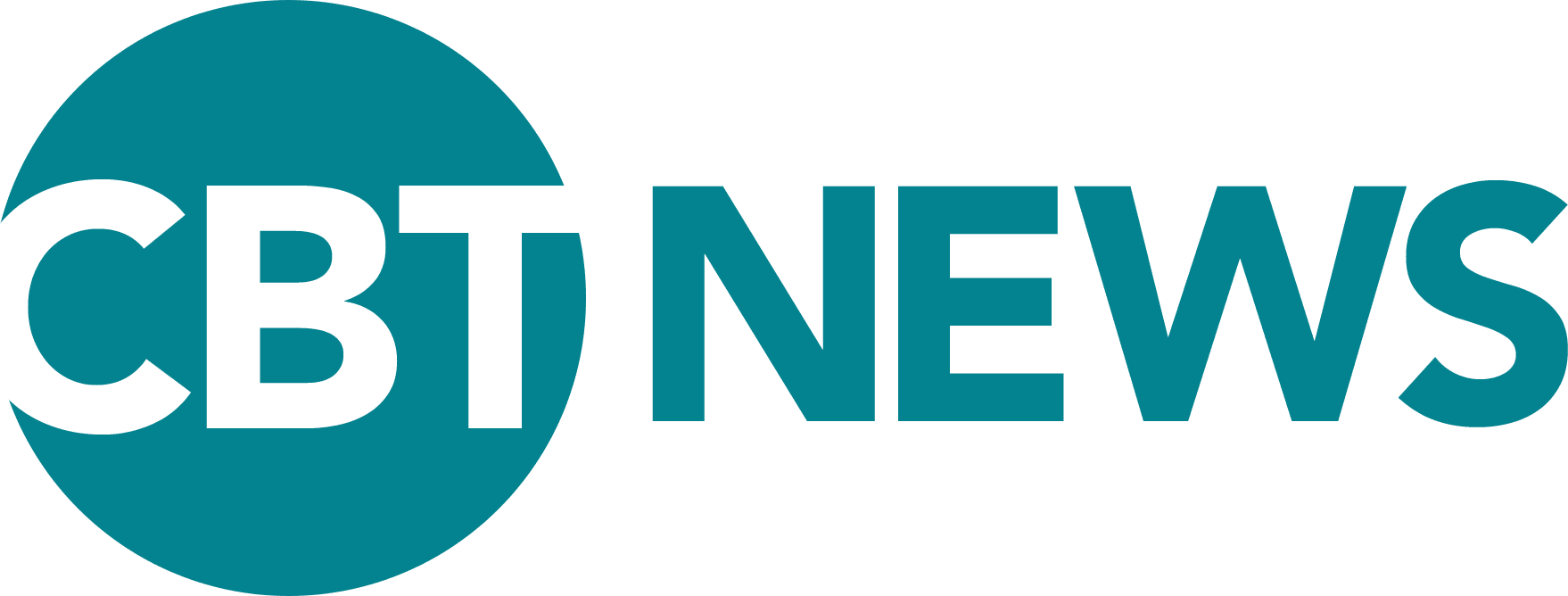The National Highway Traffic Safety Administration (NHTSA) is in contact with Tesla following the emergence of online videos showing potentially unsafe behavior by its new robotaxi vehicles. The safety agency is seeking further information after footage surfaced showing one of Tesla’s driverless vehicles using the wrong lane and another reportedly speeding.
Tesla launched a small, paid pilot program for its robotaxi service in Austin, Texas, on Sunday. The fleet includes a limited number of self-driving vehicles and operates under restrictions to avoid poor weather conditions, complex intersections and passengers under 18. Tesla has described this rollout as a test of its Full Self-Driving (FSD) software in a controlled environment.
NHTSA routinely follows up with automakers when incidents involving automated driving systems raise safety concerns. The agency clarified that it does not pre-approve new vehicle technologies; instead, manufacturers self-certify their vehicles as compliant with federal safety standards. NHTSA steps in post-deployment when potential safety defects or crashes are reported.
Tesla responded to NHTSA’s request for information by designating its answers as confidential business information. The agency is currently reviewing the company’s responses, which include details about how the vehicles perform in adverse weather and other challenging scenarios.
This inquiry adds to a broader investigation launched by NHTSA in October, focusing on Tesla vehicles operating with FSD technology. That ongoing probe involves 2.4 million Tesla cars and was initiated after a series of collisions occurred under low-visibility conditions. One of those crashes, which took place in 2023, was fatal.
The spotlight on Tesla’s autonomous vehicle safety comes as the company pushes forward with its robotaxi ambitions. However, the early deployment in Texas and the agency’s attention underscore the regulatory and public scrutiny facing automated driving technologies as they move closer to commercial adoption.
NHTSA has not yet determined whether any safety defects exist in Tesla’s robotaxi system, but the agency’s continued monitoring and data gathering suggest that additional oversight or action could follow depending on the findings.






